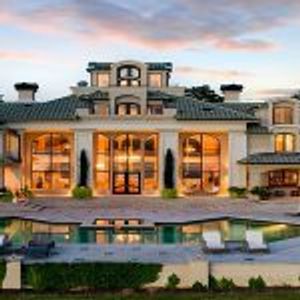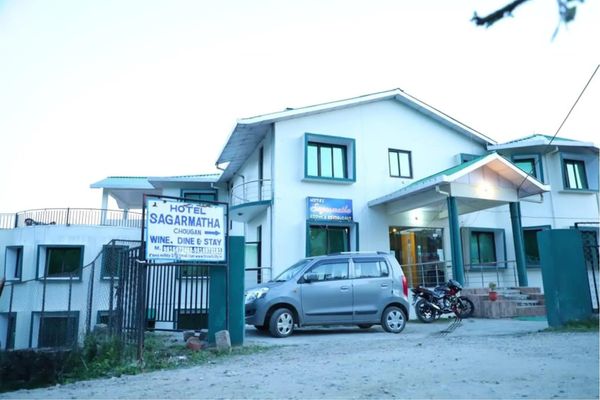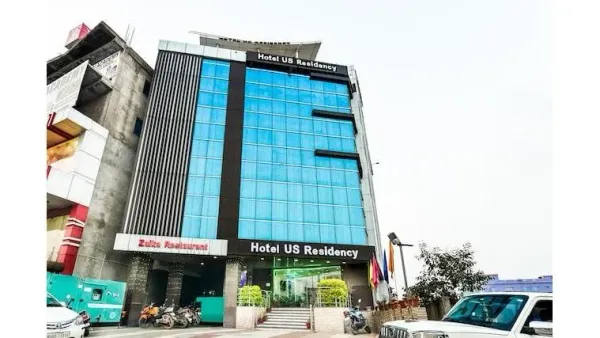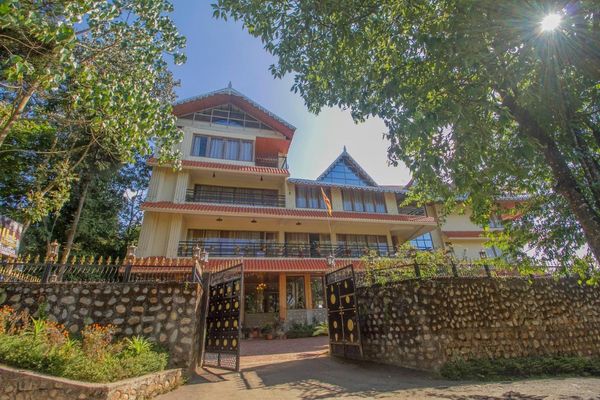How Modern Housing Projects Are Incorporating Green Spaces
 Mark Wood
04 Oct, 2025
8 mins read
18
Mark Wood
04 Oct, 2025
8 mins read
18

In recent years, the concept of urban living has evolved significantly. Modern housing projects are no longer just about constructing residential buildings; they are about creating holistic communities that enhance quality of life. One of the most noticeable trends in this evolution is the integration of green spaces. Parks, gardens, walking trails, and other natural elements are now central to housing developments, providing residents with a healthier and more sustainable environment.
Green spaces are more than just aesthetic features—they play a crucial role in promoting mental and physical well-being. Living in areas surrounded by greenery has been shown to reduce stress, improve mood, and encourage outdoor activity. Modern developers recognize that residents want more than four walls and a roof; they want a lifestyle that connects them with nature, even in the middle of a bustling city.
One of the primary ways modern housing projects are incorporating green spaces is through meticulously planned landscaping. Landscapers and urban planners work together to design communal gardens, green belts, and tree-lined streets that not only beautify the environment but also improve air quality. Trees and plants naturally filter pollutants, making the air cleaner and more breathable for residents. Moreover, they help reduce the urban heat island effect, keeping neighborhoods cooler during hot months.
Another common feature in contemporary housing developments is the inclusion of parks and recreational areas. Parks serve as central gathering points for families, children, and senior citizens alike. Children benefit from safe play areas where they can be active and socialize, while adults have spaces for jogging, yoga, or casual walks. Recreational areas are often designed with multi-generational use in mind, ensuring that everyone can enjoy the benefits of outdoor living.
Walking and cycling trails are also becoming standard in modern residential projects. These trails encourage a more active lifestyle by providing safe, scenic routes for exercise and commuting within the community. They also reduce reliance on vehicles for short distances, which helps lower carbon emissions and fosters a cleaner, quieter environment. In many cases, trails are integrated into green corridors that connect different parts of the development, creating a seamless experience for residents.
Water features such as fountains, ponds, and artificial streams are often incorporated alongside green spaces. These elements not only enhance the visual appeal but also contribute to a calming atmosphere. The presence of water in landscaped areas has been linked to reduced stress and improved mental health, giving residents a retreat from the pressures of urban life. In larger projects, artificial lakes and wetlands can even support local biodiversity, providing habitats for birds and small wildlife.
Sustainable landscaping practices are another significant trend. Modern developers focus on using native plants and drought-resistant species that require less water and maintenance. Rainwater harvesting and smart irrigation systems are often implemented to conserve water while keeping green spaces lush and healthy. By prioritizing sustainability, housing projects reduce their environmental footprint and provide residents with spaces that remain attractive and functional for years to come.
Community gardens are another innovative approach being adopted. These spaces allow residents to grow their own vegetables, herbs, and flowers. Beyond the obvious benefits of fresh produce and herbs, community gardens foster a sense of togetherness and shared responsibility. Residents can collaborate on planting and maintenance, which strengthens community bonds and encourages environmental awareness.
Modern housing projects also emphasize connectivity with surrounding natural areas. Where possible, developers preserve existing forests, wetlands, or other natural habitats. This not only maintains local biodiversity but also provides residents with direct access to larger natural landscapes. Trails and green corridors often extend beyond the housing project itself, linking neighborhoods with regional parks and recreational areas.
Safety is another consideration when integrating green spaces. Well-lit pathways, visible sightlines, and regular maintenance ensure that outdoor areas are safe and accessible for all residents. In some projects, developers even incorporate security patrols and surveillance in public green areas to enhance safety without compromising the sense of openness.
The importance of green spaces extends beyond individual health and community enjoyment; they also have a direct impact on property values. Studies have shown that homes located near well-maintained parks and landscaped areas tend to appreciate faster and attract more buyers. For developers, this makes investing in green spaces not just an ethical choice but also a financially prudent one. Prospective buyers are increasingly drawn to projects that offer both aesthetic appeal and functional outdoor spaces, making greenery a key selling point.
In Pakistan, one notable example of this trend can be seen in projects like Etihad town phase 3. This residential development has placed a strong emphasis on landscaping and communal green areas, ensuring that residents have access to parks, tree-lined streets, and recreational facilities. By prioritizing greenery alongside modern housing, the developers have created a community that promotes health, sustainability, and social interaction. This approach reflects the growing recognition among developers that urban living should balance built environments with natural spaces.
Technology is also playing a role in enhancing green spaces. Smart sensors can monitor soil moisture, light levels, and air quality, allowing for more efficient maintenance of parks and gardens. Automated irrigation systems ensure that plants receive the right amount of water at the right time, reducing waste and keeping green spaces thriving. Some projects even use solar-powered lighting and benches, combining environmental consciousness with modern amenities.
Education and engagement are additional benefits of well-integrated green spaces. Schools located within modern housing projects can use gardens and parks as outdoor classrooms, teaching children about nature, sustainability, and healthy lifestyles. Community workshops on gardening, composting, and environmental stewardship further encourage residents to take an active role in maintaining their surroundings.
Ultimately, incorporating green spaces into modern housing projects is about more than aesthetics; it’s about creating vibrant, sustainable communities. Residents benefit from improved physical and mental health, enhanced social cohesion, and a greater connection to nature. Developers gain communities that are more desirable, sustainable, and profitable.
As urban areas continue to expand, the thoughtful integration of green spaces will likely remain a key feature of successful housing projects. By balancing buildings with natural landscapes, developers can ensure that cities remain livable, healthy, and enjoyable for generations to come. Projects like Etihad town phase 3 demonstrate that with careful planning, even modern urban developments can provide residents with the peace, beauty, and benefits of nature right at their doorstep.
Written By:
Mark Wood



Hotels at your convenience
Now choose your stay according to your preference. From finding a place for your dream destination or a mere weekend getaway to business accommodations or brief stay, we have got you covered. Explore hotels as per your mood.





